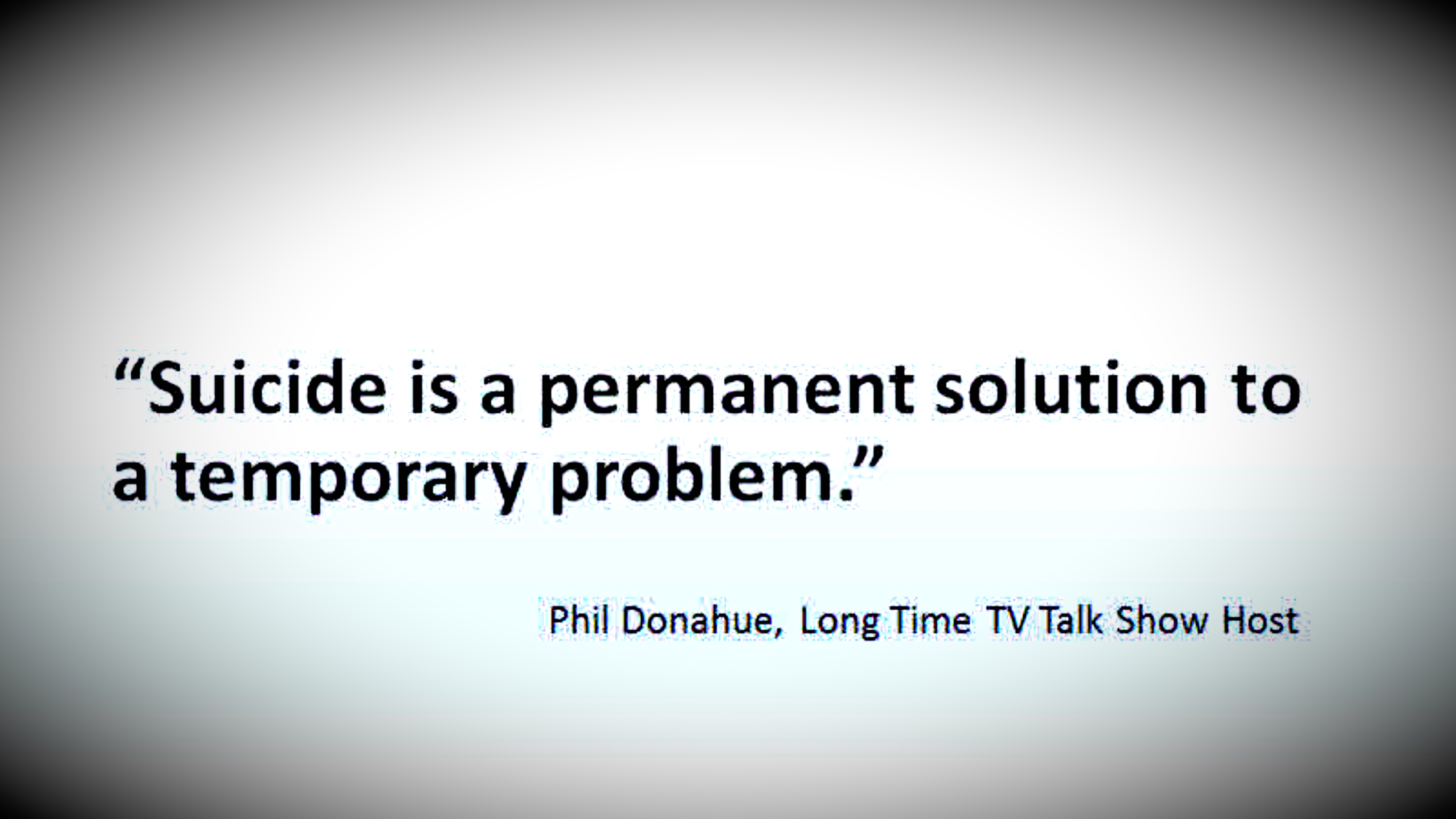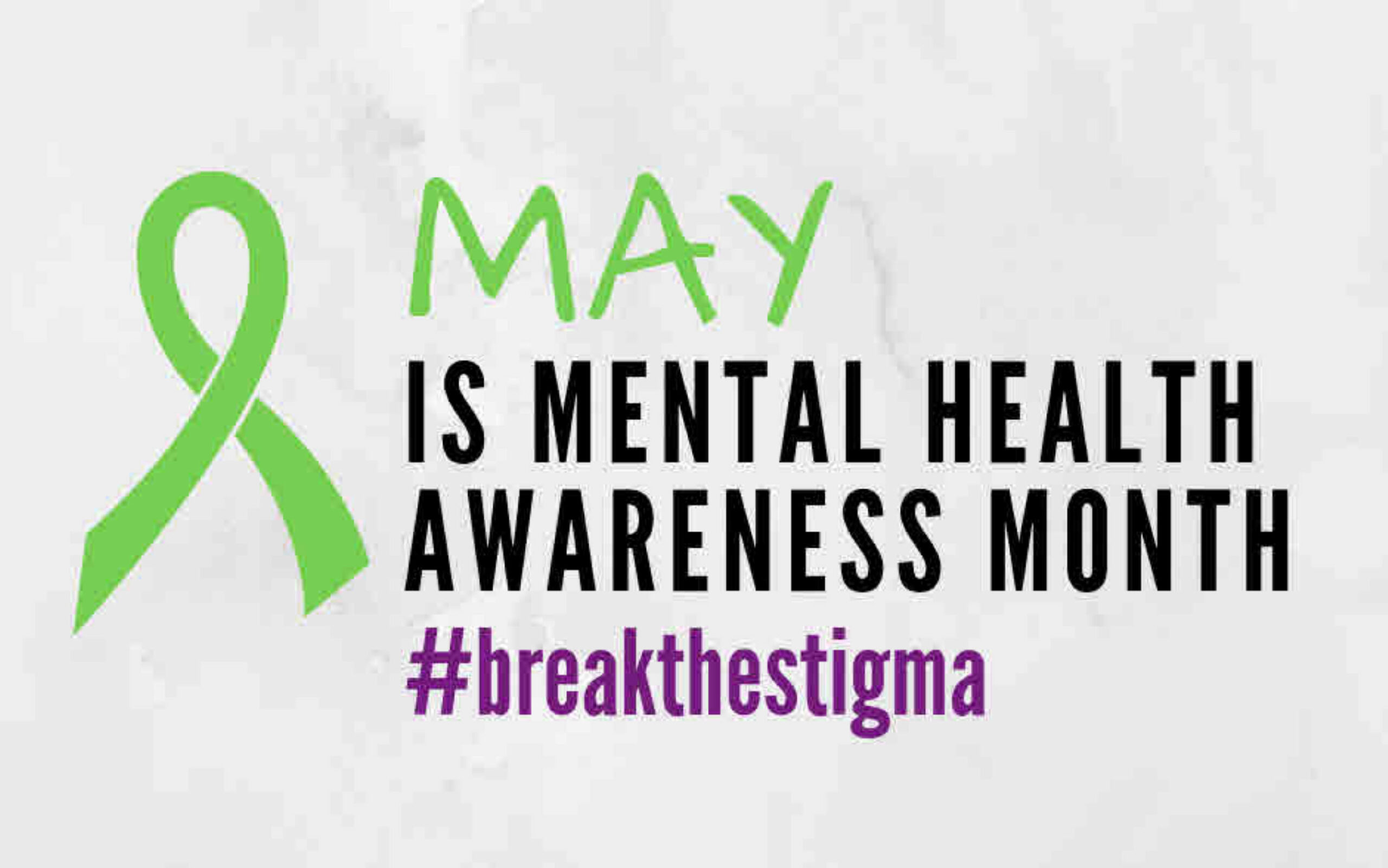As I’m slowly getting on top of my physical health issues, I am turning more and more of my time and efforts towards mental health issues, especially pertaining to our young people and student-athletes. Having gone through a recent bout of depression and suicidal thoughts myself, I realize now, that I can make a huge difference in the lives of so many by sharing my story. Read James’ story:
Part of my efforts is presenting to you information and resources that can be helpful to the young people in your lives. I will soon be setting up a charitable nonprofit foundation, that will allow me to do a lot of work in this regard. Stay tuned!
APPLETON – Jose Morales likes the excitement of the start of the school year.
Morales, who is 16 years old and will be a junior at Xavier High School in Appleton this fall, strives to go into his back-to-school preparations and the start of school with a positive attitude.
But as he gets deeper into the school year, he said, the stress starts to get to him.
Homework. Tests. Social drama.
When he thinks about that side of things, his feelings about the start of the year become more mixed.
“Every time the school year comes around, my mood drops,” Morales said. “And once the school year starts going, I feel less and less motivated.”
During his sophomore year at Appleton North High School, he went to the hospital when he became “too depressed” and began to struggle with suicidal thoughts.
Morales is far from alone.
 A USA TODAY NETWORK-Wisconsin analysis of 14 years of Wisconsin data shows that rates of suicide, self-harm and mental health crisis are at their lowest in the summer months. As the school year gets underway, though, mental health problems tend to mount.
A USA TODAY NETWORK-Wisconsin analysis of 14 years of Wisconsin data shows that rates of suicide, self-harm and mental health crisis are at their lowest in the summer months. As the school year gets underway, though, mental health problems tend to mount.
The data from 2004 through 2017 show that the months of summer vacation, June through August, see significantly fewer youth suicides, fewer visits to emergency rooms and hospitals for self-harm and fewer admissions to Winnebago Mental Health Institute. The data was provided by the Wisconsin Department of Health Services.
The results align with national studies that have found similar declines in suicidal behavior by students during summer break.
Experts say the academic and social pressures of the school year bring heightened anxiety for many students, contributing to self-harming behaviors. It seems to be getting worse.
“At some point, I feel like we moved from Quidditch in Harry Potter to the Hunger Games,” Gregory Plemmons, associate professor of pediatrics at Vanderbilt University, said in an email.
RELATED: By understanding trauma, Wisconsin youth find path to healing
RELATED: ‘Please find hope’: How these young people made it through their times of darkness
Last year, Plemmons studied eight years of data from 32 children’s hospitals around the country and found the lowest rates of self-harm in June, July, and August. He noted that self-harm includes acts like cutting, which aren’t necessarily suicide attempts but are reactions to anxiety.
“And certainly anxiety seems to be increased among kids once school is in session —whether it’s from school performance or expectations,” Plemmons said.
The ‘realness of school’ can hit kids hard
The trends are no surprise to Barb Bigalke, who monitors text messages from teens all over the state to the Hopeline (741-741), an emotional support text line.
During summer vacation, volunteers on the Hopeline field more texts from teens about isolation and troublesome family relationships than during the school year, when peer relationships dominate. But overall, not as many teens text them during the summer. Suicidal thoughts are less common.
Real teens. Real talk.
They faced mental health challenges, and they made it through them. The “This is Normal” podcast tells their stories. Listen now: Subscribe in Apple Podcasts, on Google Play, or on our website at this page.
For powerful first-person stories about surviving mental illness, search for “This is Normal” wherever you get podcasts.
For Morales, summer is a respite. He works at his family’s restaurant in Appleton, hangs out with friends and takes time to be alone.
“Things kind of lighten up,” Morales said. “All those stresses are forgotten. It’s like a different life.”
As the school year begins, Bigalke said it usually takes about a month until the Hopeline sees a rise in texts about suicidal thinking. School is starting to get challenging, and bullying is in full force. October is especially hard.
“It’s starting to be that realness of school,” Bigalke said. “That’s when you have your first big projects, your first school dance. You’re starting to say, how do I fit in?”
(story continues below)
Bigalke said the Hopeline tends to see a dip around the December holidays when many have more distractions and more family time. Then they see suicidal thoughts rising in January as students reflect on the holidays and get back into school.
“We have those holidays where everybody’s supposed to be happy — and what if I’m not?” Bigalke said.
Bigalke said suicidal thoughts tend to rise again in at the end of the school year as students deal with exams. Some are anxious about the school year ending and the unstructured nature of summer vacation. Much like the beginning of the school year, it’s a time of transition.
Student-led groups can help address stress
Students said finding a place in strong, supportive social circles is a key coping mechanism to address the stress of school, and to protect them from running into drama or bullying.
RELATED: USA TODAY NETWORK-Wisconsin reporter receives fellowship for mental health reporting
Blaine Nelson, a 15-year-old sophomore at Appleton West High School, said his friends provide a support system. Nelson is also part of the school’s Sources of Strength student group, which works to increase awareness and support for mental wellness.
In middle school, though, Nelson was bullied, and the environment became difficult to escape while in school.
“I was pulled into a district where all these other kids had more money than I had, so it was like, they take one thing like that and they target you,” Nelson said. “Bullying is definitely something that can cause mental health problems. You hear enough of that and it can put you over the edge.”
There are also the smaller, daily stresses — that upcoming assignment or test; that all-important college application; the social media posts your friends are making and the social pecking order they reveal.
Those stresses and anxieties can pile up, said Brooke Talbot, board vice president of REDgen in Milwaukee. REDgen works with students and schools to foster mental health awareness and teach resiliency strategies. Their new pilot program, called Teen Compass, will include about 10 middle and high schools in urban and suburban areas and is focused on encouraging a holistic wellness of “heart, soul, strength (body) and mind.”
Talbot said a challenge many students face today is actually one some parents create, often unintentionally, by not letting their kids struggle with their weaknesses.
Parents want the best for their children, Talbot said. But cushioning students from taking risks or failure means many kids aren’t learning to be resilient in the face of setbacks.
At the state Department of Public Instruction, Molly Herrmann consults with schools about a variety of health issues. Herrmann encourages health teachers and students to use results of the state’s Youth Risk Behavior Survey to advocate for better services and curriculum.
Shel Gross, public policy director for Mental Health America of Wisconsin, said he plans to share USA TODAY NETWORK-Wisconsin’s findings with the Prevent Suicide Wisconsin Steering Committee. The group is working to update its state suicide prevention strategy.
Schools across the state are working to combat stress, especially at the start of the school year, through peer-to-peer support groups, counseling and back-to-school orientation events to ease major transition periods.
At Appleton North High School, the first half of the first day of school is for freshman only, allowing time for new students to adjust to the school and meet older students in Sources of Strength and other student groups. The whole student body will gather later in the day for a “welcome back” pep assembly.
In central Wisconsin’s Marshfield School District, students from the local public and private school can join the Marshfield-Columbus Leadership Alliance to help address substance use, bullying, become gatekeepers for suicide through “Question, Persuade, Refer” training and to help organize events in their schools and community. All middle and high school students get QPR training in health class as well, said Joanne Greenlee, a district social worker.
Marshfield students meet middle school staff before leaving sixth grade and high school staff at the end of 8th grade, to help smooth those transitions. They can also take a high school class the summer before they start high school, Greenlee said.
“Obviously, like all other districts I think in the nation, we’re seeing an increase in mental health needs; even from our early childhood populations, from our birth to three populations, all the way to 12th grade and beyond,” said Tracey Kelz, director of student services.
The district hired three additional counselors and continues to partner with its community partners, like Marshfield Clinic, to refer out as needed.
Educators and advocates recommended parents take the time to have conversations with their students regularly and to keep some of the summertime activities that promote relaxation through the school year as well. Students can benefit from quality time and relaxation, Greenlee said.
That advice held true for Oshkosh West junior McKenzie Fox. Fox has been keeping herself occupied in the summer, with a job at a local pizzeria and a spot on the swimming team. Still, the summer has been calm compared to what she expects of the junior year this fall when she’ll be balancing her classwork and navigating college sports recruitment.
She had some advice for her freshman peers.
“Upcoming freshman, if they feel stressed out, they should maybe just take some time and do some stuff that makes them happy,” Fox said. “That’s what I had to do sometimes. … I just had to take some time and just help myself, make myself better.”
Need help?
If you are in emotional crisis or supporting someone in crisis, reach out to a helpline:
- National Suicide Prevention Lifeline: 800-273-8255
- National Crisis Text Line: Text “Hopeline” to 741-741
- Mobile Urgent Treatment Team for Milwaukee County residents: (414) 257-7621
The following are warning signs that someone may be considering suicide, according to the American Foundation for Suicide Prevention:
- Talking about wanting to die, looking for a way to kill oneself
- Talking about feeling hopeless, having no purpose or being a burden to others
- Talking about feeling trapped or in unbearable pain
- Drinking more alcohol or using more drugs
- Sleeping too little or too much
- Showing rage or talking about seeking revenge
If you’re worried someone you know may be suicidal, avoid leaving them alone. Remove potential dangers, such as weapons, sharp objects, alcohol, and drugs. Seek help from a professional, take the person to an emergency room, or contact a helpline.
James Donaldson is a Washington State University graduate (’79). After an outstanding basketball career with WSU, he went on to play professional basketball in the NBA with the Seattle Supersonics, San Diego/L.A. Clippers, Dallas Mavericks, New York Knicks, and Utah Jazz. He also played for several teams in the European Leagues in Spain, Italy, and Greece, and he toured with The Harlem Globetrotters to wrap up his career. James was an NBA All-Star in 1988 while playing center for the Dallas Mavericks. In 2006, James was inducted into the Pac-10 Sports Hall of Fame and also the Washington State University Athletic Hall of Fame. In 2010, James was elected as a board member for the NBA Retired Players Association.
James frequently conducts speaking engagements (motivational, inspirational, educational) for organizations, schools, and youth groups.
In 2010, James was the recipient of the NBA Legends of Basketball ABC Award, awarded for outstanding contributions in Athletics–Business–Community.
He believes in being a role model for success and professionalism to the scores of young people to whom he devotes so much of his time. He currently serves on several boards and committees and is a member of many organizations.
James believes in developing relationships that create a “Win-Win” environment for everyone involved, and in being the best he can be!
For more information about James Donaldson or to request he speak at your event, contact him at:
www.StandingAboveTheCrowd.com
JamesD@StandingAboveTheCrowd.com
1-800-745-3161 (voicemail & fax)
James Donaldson is the author of “Standing Above The Crowd” and “Celebrating Your Gift of Life” and founder of the Your Gift of Life Foundation which focuses on mental health awareness and suicide prevention, especially pertaining to our school aged children and men.
If you’re interested in having James come and speak to your group of young adults, business entrepreneurs, aspiring political and community leaders, and athletic teams, please contact him at jamesd@yourgiftoflife.org and or leave a personal message for him at 1-800-745-3161. Keep up with him and read about how he is reaching out and making a difference in the lives of so many around the world at www.yourgiftoflife.org




